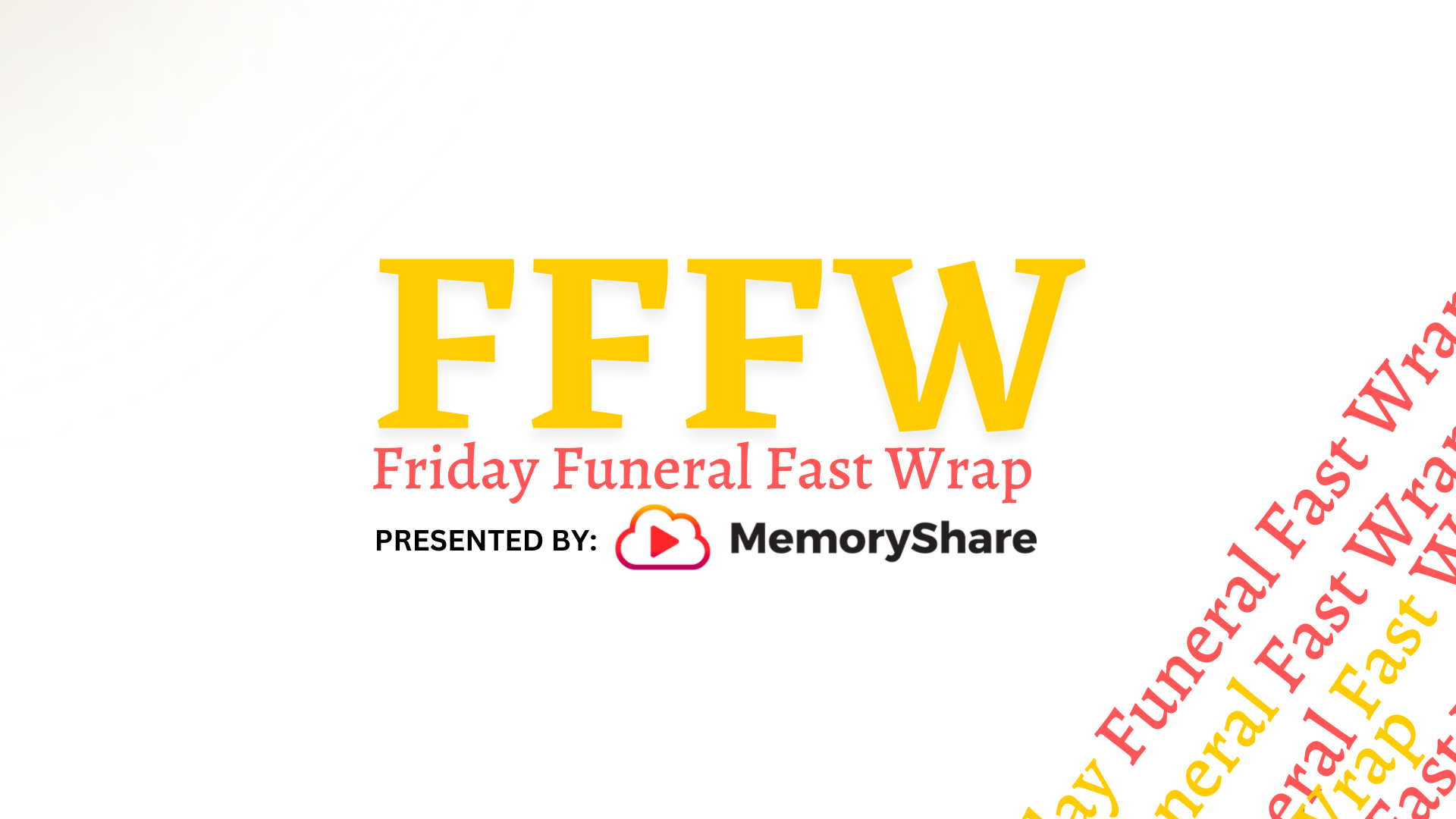What’s an Obituary For?
Obits are morality tales — and their stories must change with the times.
The controversy started, as it so often does, with beef stroganoff.
Last week, Yvonne Brill — a pioneering rocket scientist best known for her work developing the technologies that help keep our satellites in orbit — passed away. And she was, unsurprisingly, given an obituary in The New York Times. The first line of that obituary, though, was a little less unsurprising. Because it originally read like this: “She made a mean beef stroganoff, followed her husband from job to job and took eight years off from work to raise three children. ‘The world’s best mom,’ her son Matthew said.”
Stroganoffed
Oof — the husband-follower and kid-haver and meat-cooker, who was also a rocket scientist! This was bad for several reasons, which was why the Times has since updated its wording. There’s the gender issue, first of all: the fact that it’s nearly impossible to imagine a male scientist of Brill’s standing gettingstroganoffed in this way. (“Oh yes, by the way, Number One Mom Yvonne Brill, Preparer of Divine Beef Stroganoff, Cleaner of Messy Diapers, also invented a little system that helped make satellites work,” Jezebel had it, while io9 called the meaty lede “spectacularly awful.”) Even Marie Curie’s Times obituary, written in 1934, had the good sense not to mention Pierre until its eighth paragraph.
Nowadays, in place of obits that celebrate the “common man,” we have obits that celebrate the uncommon one.
But there’s also the structural issue. The first sentence of an obituary, in particular, is not only prime memorial real estate, but also coded real estate — a sentence-long summation of somebody’s broad impact on society. Which means that taking liberties with it is a fraught business, particularly when those liberties involve cheeky references to stewed beef. The obit’s author, Doug Martin, was probably trying to be creative with his work, to paint a nuanced portrait of his subject, to use her professional accomplishments as an entry point into a more broadly accomplished life. The piece was, in its first sentence, presenting stereotypes only to obliterate them — just like, yes, Brill did. It was humanizing the rocket scientist by situating her achievements within the context of their particular moment.
Here’s the problem, though: Obituaries — as a form, and a formula — don’t exist to humanize. They don’t even, really, exist to contextualize. They exist to do the opposite of all that: to aggrandize. To idealize. To strip people of their circumstantial banalities and elevate them to the status of models and standards and heroes — figures who transcend their own ordinariness. Not everybody, after all, gets an obituary in the paper of record; much of the point of the paper’s heavily curated obit section is that very few, only the most exceptional of the great swath of humanity that dies every day, are deemed worthy of the honor. Brill was decided, by editors, to be obit-worthy, which is to say worth knowing about and worth elevating and worth remembering. Not by her family or friends, of course, who will remember and miss her without the Times‘s help — but by the rest of us.
Obituary as Morality Tale
Obituaries are fundamentally different from other kinds of journalism. They are not, strictly speaking, profiles. They are not news stories. They don’t necessarily aspire to be comprehensive — which is, when the “story” is somebody’s life, impossible. They don’t necessarily aspire to be balanced — which is, when the subject is a recently deceased person, insensitive. Obituaries in papers of record function instead like monumental Mad Libs. Their fill-in-the-blanks rigidity is, to an extent, their point.
And obituaries reflect their times. During the Civil War, when people needed to find meaning in their losses, obits of soldiers took on a religious and elegiac tone. In the 1880s, as newspapers doubled as entertainment, and as medical knowledge sprang to new levels, “death journalism” — featuring gory descriptions of the deceased’s final moments — became the fad. The 20th century, particularly during the Progressive Era, saw the rise of “common man” obituaries that celebrated the folksy ordinariness of their subjects. As Dominic Tierney put it, “No obituary is an island, entire of itself. They are all pieces of the continent, a part of the main.”
Obituaries function as structured morality tales, their interfaces subtly guiding human behavior.
And the mark they made is encrypted in their obituary. Thus, the typical layout, which often goes something like this:
I. Lede/Introduction
A. Age of death
B. Cause of death (unless that cause would be inappropriate to state)
II. Career — most notable achievements
A. Prizes, awards, etc.
III. Career — social effects of achievements
A. statistics
B. quotes from colleagues
C. quotes from other experts in the field
D. anecdotes from popular culture
IV. Career — what led to the major achievements
A. anecdote of previous failure(s) before success achieved
V. Career — what followed the major achievements
A. details of later work
B. details of retirement
VI. Family
A. He/she is survived by, etc., etc.
“Family,” you’ll notice, per this traditional formula, literally comes after career. He did this and this and this and this and oh yeah, married some people and fathered some people and is now survived by them, having died at [Age].
In that structure, obits are the opposite of their partners in milestone journalism: wedding announcements. Which similarly enforce social norms — status, wealth, matrimony-as-institution — even as they tell their stories. Marriage notices value the linear narrative of family accomplishment (“a son of,” “the bride’s father is …”) and of educational achievement (“he summa cum laude, she magna”), all with a subtext of Societal Value. Obituaries tell the complementary story, but with the same subtext: They focus on the professional, leaving the rest — the personal stuff, the family stuff, the meat-sauce-y stuff — merely implied.
The rigid form of the obituary is at this point fairly retrograde.
Can Obits Have It All?
Brill’s obit violated, on top of everything else, the formulas that allow for that transformation. And that was the broadest, if not the biggest, problem with the Stroganoff Sentence. Within the first line of this inky monument to achievement — within the context, as it were, of no context — stroganoff was, in every way, too meaty. The obit tried to humanize Brill, but it did so without first making clear why we were reading about her in the first place. Babies! Beau! Beef! (And also rocket science!)
But while the stroganoff mention was problematic, its intentions were good. Because the rigid form it was resisting — obits’ career-career-career-career-family prioritization — is at this point fairly retrograde. We live in a time, after all, when it’s becoming harder and harder to segment identity in the time-honored manner of the 20th century. What is “professional,” now, really? What is “personal”? Part of the problems we face in discussing “work/life” balance, we’re reminded again and again, is that we lack a clear distinction between the two things we’re trying to juggle. We work at home, sometimes. We bring our kids to work, sometimes. Our Facebook friends and our Twitter followers represent, more and more, a mix of people we work with and people we play with.
That’s fine. Actually, it’s mostly great. But our formal systems of social rewards need to catch up to the changes. In our current moment, balancing professional and personal realities is increasingly seen as a goal to be strived for — for men as well as for women. And, as far as Stroganoffgate was concerned, the other thing Brill brilliantly embodied besides rocket science — balancing work and family life, and generally #havingitall — is not something that we have carved space for celebrating, publicly. We haven’t yet fully formalized its value. An obituary that can’t easily marry the professional and the personal is symptomatic of a society that has trouble marrying them, too.
Image Credit: President Obama presents the National Medal of Technology and Innovation to Yvonne Brill during a ceremony in the East Room of the White House in 2011. (AP / Pablo Martinez Monsivais)
[Via: The Atlantic]




